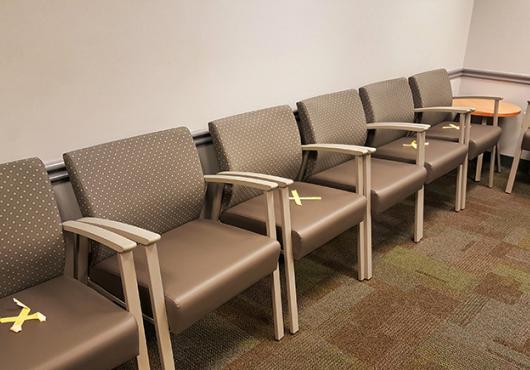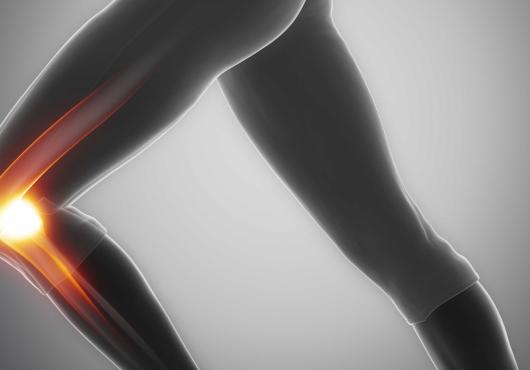
It’s long been known that endurance athletes have larger hearts on average than the rest of the population and that cardiac enlargement is a healthy adaptation to exercise.
But what wasn’t known until now was whether the aorta—the main artery leaving the heart and supplying the body with oxygenated blood—followed suit, and if it did, whether that might pose problems as athletes aged.
“The prevailing wisdom is that the aorta is a relatively stable structure with minimal plasticity,” said Aaron Baggish, associate professor of medicine at HMS and director of the Cardiovascular Performance Program at Massachusetts General Hospital. “But this concept comes from studies done almost exclusively on young competitive athletes, typically under 25 years of age.”
This prevailing wisdom ran counter to the observations of Timothy Churchill, HMS clinical fellow in medicine in the Cardiovascular Performance Program, who noticed that a surprisingly high number of masters athletes were coming in for evaluation of aortic enlargement. This rapidly growing population of men and women continue to train and compete into middle age and beyond.
Churchill proposed pinning down the actual prevalence of this characteristic. In 2018, Baggish, Churchill and their team undertook a cross-sectional study evaluating aortic size in 442 veteran endurance athletes aged 50 to 75 years who were taking part in athletic competitions across the United States.
Their findings are described in the journal JAMA Cardiology.
“We set up study sites at several large-scale rowing and running events that attract high-caliber masters athletes and did cardiac ultrasounds at the race venues,” Churchill said.
They found that 20 to 25 percent of the athletes had aortas larger than the upper limit of clinical normality.
“It was proof of concept for us because while we’d been seeing it in the clinic for a long time, it had never been studied in an isolated fashion,” Baggish said.
Open question
The question of whether this is a good or a bad thing remains open, according to the researchers. Dilated aortas in nonathletic populations put patients at increased risk for a leak or rupture, and acute events involving the aorta have mortality rates as high as 50 percent.
“We want to know whether this enlargement means the same thing in an athlete as in a nonathlete,” Churchill said.
“The findings from the study are pushing us to do more science,” said Baggish, who described two viable yet unresolved implications of their work. The first is that aortic enlargement among masters athletes is a benign adaptation and another feature of the so-called athlete’s heart, where big is good.
“The alternative is that being a lifelong exerciser may cause dilation of the aorta with the sort of attendant risk seen in nonathletes,” he said.
To find out, the team plans to turn this cross-sectional study into a longitudinal one, checking outcomes for the same cohort four to five years from their initial ultrasounds.
“We’re now halfway through that waiting period, so it won’t be too long until we have a touchpoint,” Baggish said. “If we find that big aortas are a benign adaptation, doctors can be reassured when they see it and not put patients through unnecessary testing and surgery.”
“If we find that they really are an indicator of risk, then we have to think about screening people who fit this bill,” he continued. “So regardless of what the next step tells us, it has very important clinical implications. For now, our goal is to alert athletes and their doctors about this evolving story.”
The study was supported by the National Heart, Lung, and Blood Institute of the National Institutes of Health, the National Football League Players Association and the American Heart Association. Conflict of interest disclosures can be found in the full text of the paper.
Adapted from a Mass General news release. Image: Getty Images.




